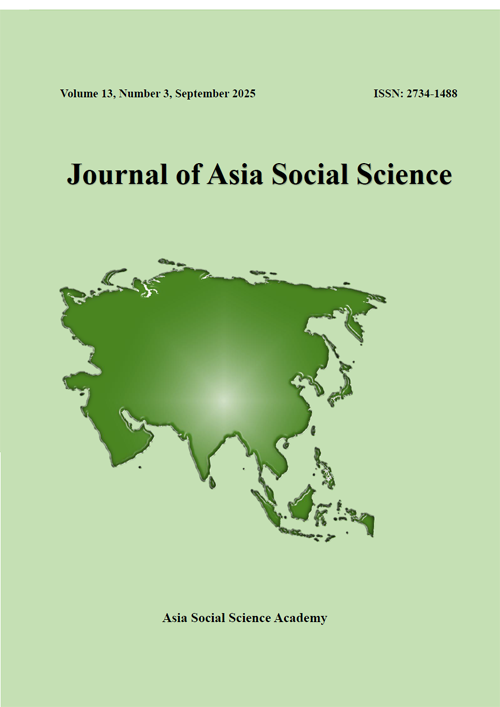학술논문
Generative Artificial Intelligence Empowering Aesthetic Education in Basic Education: Dual Effects, Ethical Risks, and Teaching Regulation
이용수 0
- 영문명
- 발행기관
- 아시아사회과학학회
- 저자명
- Jiechun Duan Fan Wang
- 간행물 정보
- 『Journal of Asia Social Science』Vol.13 No.3, 34~45쪽, 전체 12쪽
- 주제분류
- 사회과학 > 사회과학일반
- 파일형태
- 발행일자
- 2025.09.30

국문 초록
With the penetration of Generative Artificial Intelligence (AIGC) into the field of education, aesthetic education in basic education is transitioning from “digital assistance” to “intelligent collaboration”. Although AIGC can lower the threshold for artistic creation and promote the integration of interdisciplinary aesthetic education (such as AI painting and AIGC digital albums), it also gives rise to ethical risks such as “technology dependence weakening creativity”, “lack of emotion in works”, and “aesthetic convergence”. The traditional teaching and evaluation system can hardly meet the needs of “technology-humanities integration”. This study adopts qualitative methods such as curriculum text analysis and classroom observation, focusing on two typical cases of AIGC-enabled aesthetic education in basic education in China (the “digital album” course in an urban middle school and the “AI + Fine Arts” practice in an urban primary school), to systematically analyze the technology empowerment and risk mechanisms. The research findings show that the core value of AIGC lies in “creativity inspiration” and “improvement of interdisciplinary efficiency”. It is necessary to balance the advantages of technology and the essence of aesthetic education through the three-stage collaborative regulation of “pre-class boundary setting - in-class process guidance - post-class humanistic evaluation”. The core challenges include the insufficient technical literacy of teachers and students, fragmented curriculum integration, and deviated evaluation orientation. Based on these findings, this study constructs a “human-machine collaborative aesthetic education teaching regulation framework” and proposes strategies for curriculum development, teacher training, and ethical governance, so as to provide localized references for the development of AIGC-enabled aesthetic education in basic education.
영문 초록
목차
1. Introduction
2. Literature Review and Theoretical Foundation
3. Current Situation and Challenges of AIGC-Enabled Aesthetic Education in Basic Education
4. Optimization Paths for Teaching Regulation of AIGC-Enabled Aesthetic Education in Basic Education
5. CaseAnalysis and Empirical Study
6. Policy Recommendations and Future Outlook
7. Conclusion
References
키워드
해당간행물 수록 논문
참고문헌
최근 이용한 논문
교보eBook 첫 방문을 환영 합니다!

신규가입 혜택 지급이 완료 되었습니다.
바로 사용 가능한 교보e캐시 1,000원 (유효기간 7일)
지금 바로 교보eBook의 다양한 콘텐츠를 이용해 보세요!


